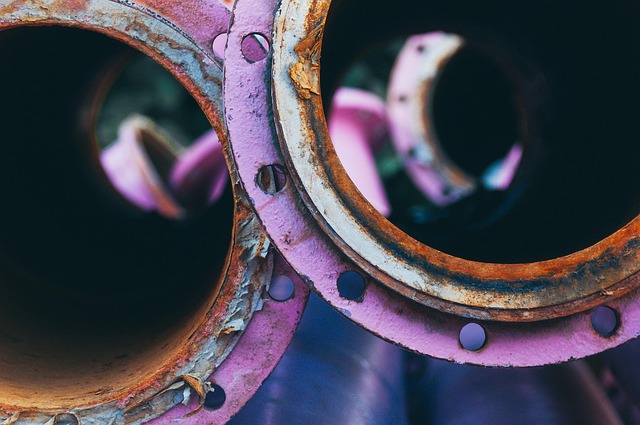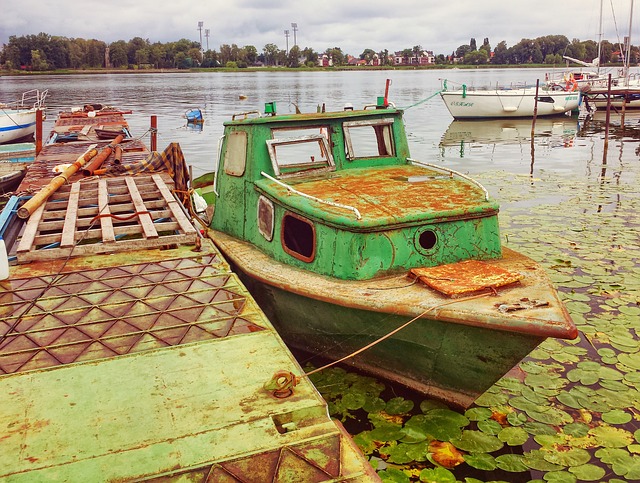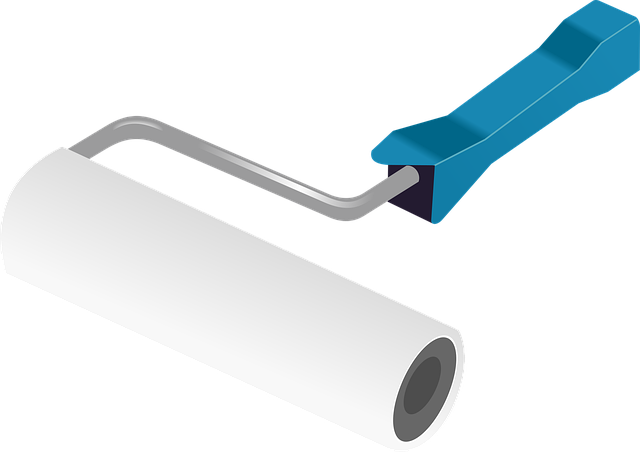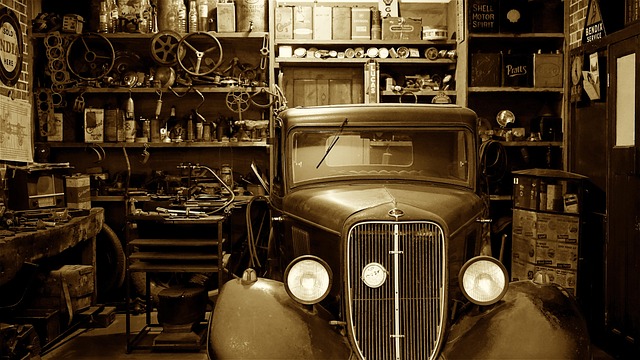Rust repair involves cleaning, preventing future corrosion, and choosing techniques based on damage severity. Remove visible rust with eco-friendly removers, apply industrial inhibitors, assess damage, and consider maintenance practices. For minor rust, specialized removals suffice; severe cases require structural repairs and long-lasting protection. Apply protective coatings like high-quality paint or rust-inhibiting primer for ultimate corrosion defense. Always select the right Rust Repair method according to severity.
Rust can transform your car’s exterior from sleek to unsightly in no time. But fear not! With the right approach, you can restore your vehicle to its former glory. This comprehensive guide delves into the intricacies of car rust restoration, covering understanding the damage and causes, preparing your car’s surface, selecting suitable repair techniques, and applying the final touches with a protective coating. By following these steps, you’ll achieve a lasting, professional-looking result using select rust repair methods.
- Understanding Rust Damage and Causes
- Preparing the Car Surface for Repair
- Choosing the Right Restoration Techniques
- Final Touches and Coating Application
Understanding Rust Damage and Causes

Rust is a common issue that can severely damage car bodies over time. Understanding the causes and extent of rust damage is crucial before initiating any restoration process. Rust forms when iron or steel surfaces come into contact with oxygen and moisture, leading to corrosion. This process often begins with small spots that grow into larger patches if left untreated. Common causes include exposure to salty air, frequent washing with harsh chemicals, inadequate paint protection, and previous repair work that didn’t seal properly.
Selecting the right rust repair method depends on the severity of the damage. Prevention techniques for rust involve regular cleaning, applying protective coatings, and ensuring proper drainage around the vehicle to minimize moisture contact. For moderate cases, a stainless steel restoration might be considered, which involves polishing and resealing the affected areas. Home remedies for rust stain removal can provide temporary solutions, but they are typically not as effective or durable as professional restoration techniques.
Preparing the Car Surface for Repair

Before beginning any rust restoration process, it’s crucial to prepare the car surface properly for repair. This involves a meticulous cleaning and decontamination stage where all visible rust and debris are removed. The first step is to use rusty metal cleaning techniques to strip away loose rust particles, ensuring a clean slate for the next phase. Once the surface is bare, applying eco-friendly rust removers can help eliminate any remaining rust stains or residue without causing further damage or environmental harm.
Proper preparation includes examining the extent of the rust and identifying areas that require special attention. After cleaning, it’s essential to use industrial strength rust inhibitors to create a protective barrier against future corrosion. This step is vital for maintaining the integrity of the car’s surface and ensuring longevity after restoration.
Choosing the Right Restoration Techniques

When it comes to car rust restoration, selecting the right repair techniques is paramount. The first step in choosing the best approach involves assessing the extent of the rust damage. For minor surface rust, using a specialized rust remover for cars can be highly effective, providing a quick and temporary fix. These removers typically contain chemicals that strip away the rust, leaving a clean metal surface ready for painting or coating.
However, for more severe cases where rust has penetrated deeper into the car’s body panels, a comprehensive approach is required. This might involve structural repairs, such as welding or replacing damaged parts, combined with long-lasting rust protection methods. Applying an appropriate undercoating and regular maintenance using best rust preventative methods can significantly extend the lifespan of your vehicle by creating a protective barrier against moisture and corrosive elements.
Final Touches and Coating Application

After meticulously preparing the car’s surface and addressing any lingering rust issues with select rust repair techniques, it’s time to apply the final touches. This crucial step involves choosing the appropriate coating to safeguard against future corrosion. A high-quality automotive paint or a specialized rust-inhibiting primer is recommended to create a protective barrier over the repaired areas.
When selecting a coating, consider factors such as durability, weather resistance, and aesthetic appeal. For optimal results, ensure that the chosen product is compatible with the car’s existing finish and properly bonded to the treated metal. This application process demands precision, following the manufacturer’s instructions for ideal coverage and even drying. With the right coating in place, you’ll not only protect the restored areas but also enhance the vehicle’s overall appearance, effectively transforming a rusty eyesore into a gleaming masterpiece—a far cry from previous home remedies for rust stain removal or removing rust from tools, and reminiscent of a shiny, sturdy rusty bicycle restoration.
Rust restoration, or selecting the right rust repair techniques, involves a meticulous process that begins with understanding the damage and its causes. By preparing the car surface appropriately, you lay the foundation for successful restoration. Each step, from choosing the suitable technique to applying the final coat, is crucial in achieving a long-lasting, visually appealing finish. With the right approach, even severe rust damage can be restored, ensuring your vehicle’s exterior looks as good as new.
